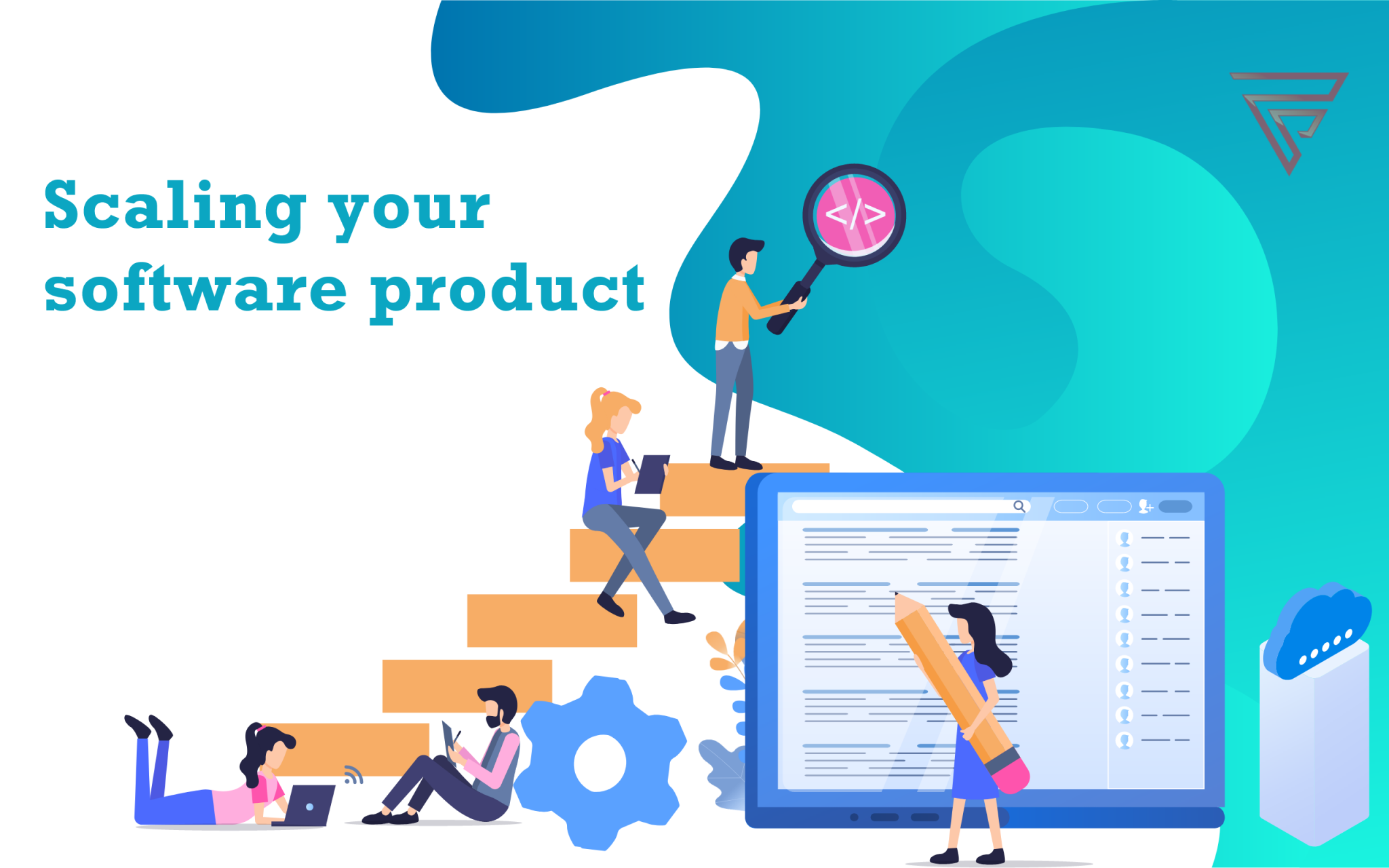What is the difference between growth and scaling your product ?
While growing, you are focusing on higher revenues. To grow your revenue, you might incur higher costs too, which could cancel out your gains. On the other hand, scaling focuses on your capabilities. You improve your people, infrastructure, and systems as part of capability development. This improved capability lets you can earn more revenue from your product without increasing your costs at the same rate.
What are the different types of scaling a product ?
The various types of scaling a product/business are as follows:
1.Bootstrapping : In this approach, a company uses internal resources and grows organically. The pace of scaling depends on the inherent scalability of a product/solution, and this type of scaling can be slow. The company exercises greater control and it remains free from external influences.
2.Slow scaling : Companies that have already done bootstrapping and want to scale more might opt for this type of scaling. There are many similarities with bootstrapping, however, this approach typically needs some external financing.
3.Fast scaling : This approach entails rapid growth, and businesses typically need venture capital funding to ensure smooth scaling.
4.Blitzscaling : This approach of scaling involves reaching a massive scale in a short timeframe. Companies opting for this approach may prioritize speed over efficiency, and a large addressable market and uncertainties are the main drivers for such an approach.
Why do we need scaling of a software product ?
At a fundamental level, if you don’t scale your product then your growth will not translate to profitability. You might still grow, however, you will also incur a higher cost. This signifies a lack of focus on capability development, and profitability will not grow as the revenue grew. While you might be selling to an ever-growing number of customers, the delivery could suffer. This would result in dissatisfied customers and firefights, which adversely impact the reputation of your company.
On the other hand, if you consciously scale your product, then the following happens:
You would be able to support your growth, which will not be hampered by your people, systems, technologies, and processes. While your customer acquisition probably continues at a fast pace, scaling enables you to support your existing as well as new customers. As a result, you would still satisfy your customers.
What are the stages in scaling a software product ?
The stages in scaling a software product are as follows:Analyze when you will need additional cash. Plan milestones around the points when you can’t scale anymore due to lack of funds and plan to infuse capital accordingly.
1. Find attributes in your company that reduces your risk, and utilize them to manage your risks during the scaling process.
2.Proactively watch the sales of your product and identify when it increases. Analyze how it increased by understanding directly from customers what worked for them.
3.You can’t sell your product to the entire world! It’s crucial that you identify who your ideal customers are, create their profile, and identify that winning use case.
4.Optimize your team, internal systems, technologies, infrastructure, and processes to increase sales to those ideal customers.
Remember that before you give a great push to your sales effort, you should verify whether you have scaled sufficiently. A greater sales push will increase your customers significantly, and you should be ready to serve them effectively.
Do we really need scaling of our software product ?
Having learned the importance of scaling your product, you might have zeroed in on scaling as your priority. However, you should first think through whether you should scale your product. First of all, keep in mind that scaling is not just about enhancing your systems and processes. Neither is it just about hiring great people! You need to first scale your organizational culture before you are ready to scale your product. Your organization must be ready to look for new opportunities as part of this shift in culture. We are in the midst of the digital age, and customer interaction is changing. When your business grows, your team needs the required cultural shift to manage the new levels of customer interaction.





